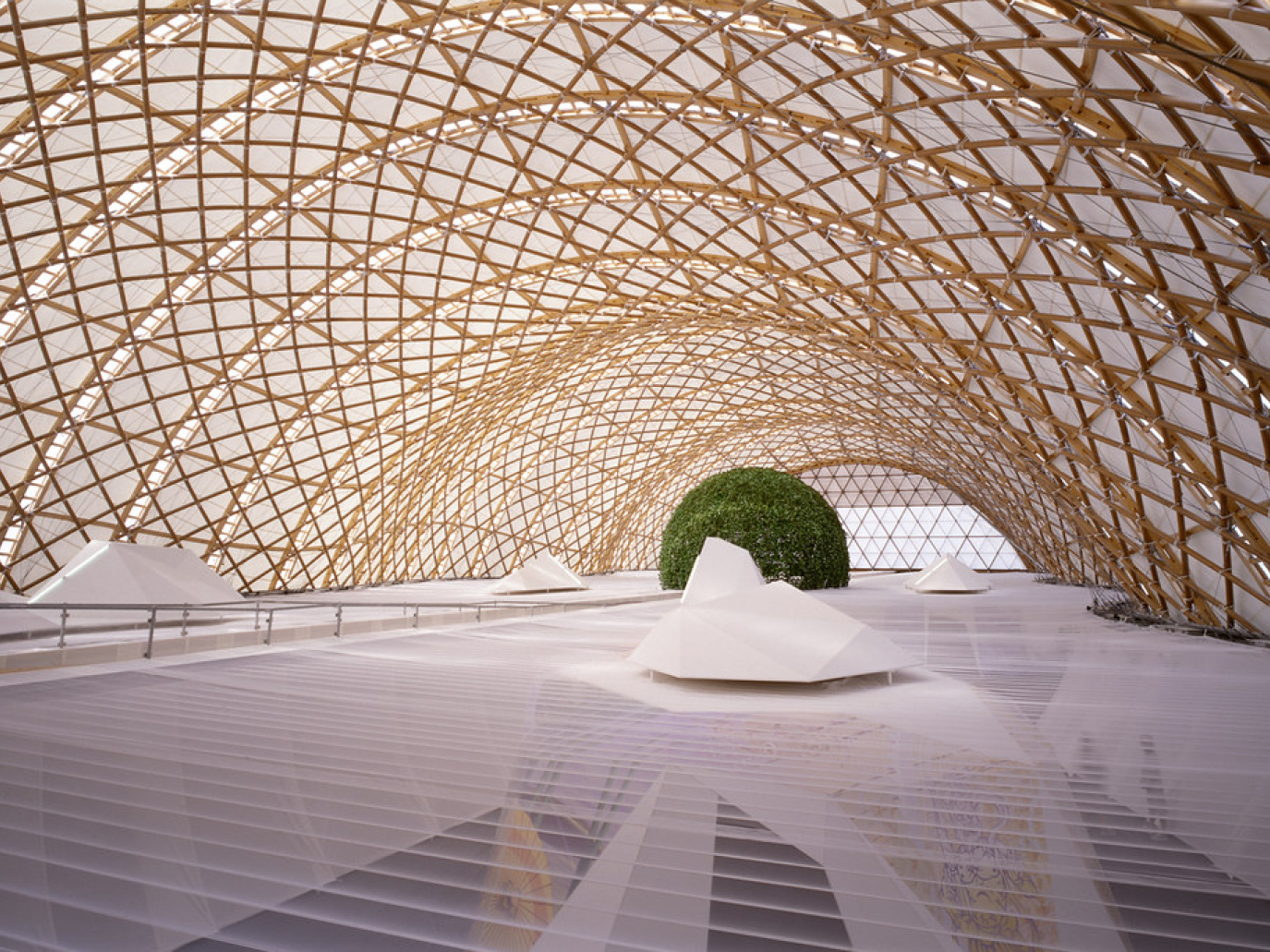Our buildings are immobile goods. Silent behemoths, slowly changing over the years. Every so often, they are torn down. More frequently, they are renovated, to limit their decay. More rarely, we regenerate them. They are the Achilles’ heel of decarbonisation. They are built with obsolete materials, designed based on outdated housing models that do not take new family structures and ways of working into account. We are not talking about large projects in global metropolises, the towers of the ultrarich and certified regeneration projects. We are talking about mass construction, terraced housing built to save costs, suburban high-rises, warehouses built with materials of uncertain provenance. Of the approximately 100 billion tonnes of materials consumed each year, 38.8 are used in construction, making it by far the most voracious sector. As Francesco Asdrubali and his research team remind us, it is one of the most energy-intensive sectors of all: in Europe, buildings are responsible for over 40% of primary energy consumption, mostly from non-renewables, and for 36% of CO2 emissions. Then there is the issue of concrete, whose production phase alone (thus not counting transportation and casting) generates 3% of global emissions. Investigative journalist Daniele Di Stefano takes a close look at this problem.
From the New European Bauhaus to the ESGs: construction is changing its ways
How can we intervene to rethink our living, making it sustainable, beautiful, pleasing, and smart? How can we bring about a new way of building, using new circular materials – from wood to waste – introducing Extended Producer Responsibility (EPR) models, and more widely adopting those product-as-a-service systems that are already currently available for cooling systems, lighting, furniture, and domestic appliances? One of the answers to these questions comes from the New European Bauhaus, strongly backed by Ursula von der Leyen, about which we spoke with Hans Joachim Schellnhuber, climate scientist and founder of the Potsdam Institute for Climate Impact Research. The circular revolution in construction undoubtedly requires a technology-based approach. However, the real, true challenge plays out on the cultural front. This is where creatives, designers, architects, artists, and thinkers come into play. We cannot change the impacts of our living without imagining new housing and new ways of using space within cities.
As the article by real estate expert Alberto Ballardini reveals, finance and ESG criteria will contribute to providing an economic justification to radical choices: sustainable buildings will play an ever more important role in non-financial disclosures – the reports that measure companies’ environmental, social, and governance performance. Given the need to measure the reduction of CO2 emissions, making real estate assets more efficient will be vital for the financial development of securities and emissions accounting.
As we are told by Marco Caffi of GBC Italia, guest co-editor for this issue of Renewable Matter, it will fall to countries to adopt measures in support of those citizens that want to upgrade their buildings, helped in this task by ever more modern and cost-effective procedures. From off-site construction to the industrialisation of processes, from modular and disassemblable buildings to the materials passport (suggested by Rau and Oberhuber), over the past five years, construction has started to change its ways. The knowledge and know-how are there, but we need the will and capacity to scale up processes and create a widespread mentality in the real estate world. This is also why Renewable Matter is here, to take you out of known landscapes and bring you into a world of circular possibilities.
Image: Japan Pavillon, Expo 2000
Download and read the Renewable Matter issue #38 about Circular Building.




